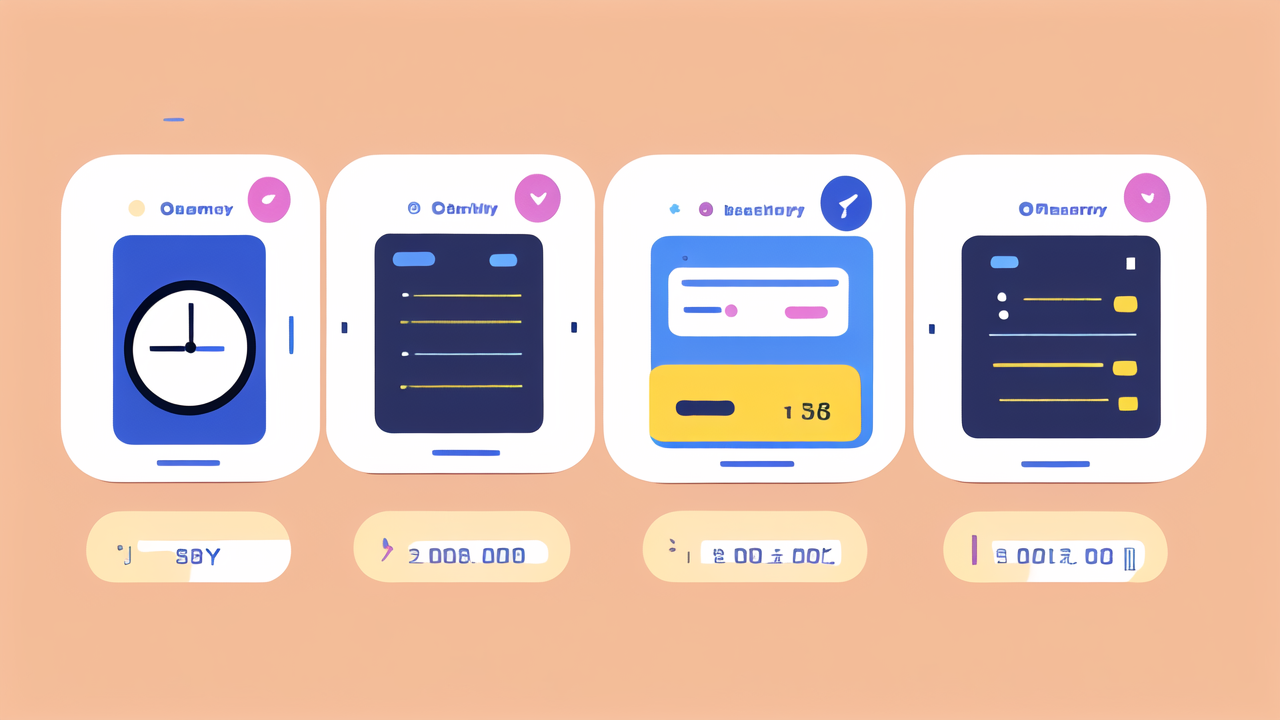Understanding the Importance of Step Counters in Fitness Regimes
The Role of Step Counters in Tracking Daily Activity
Step counters have become essential tools in modern fitness regimes. They offer a simple way to monitor physical activity throughout the day. These devices count the number of steps you take, giving you a clear picture of your movement.

Step counters encourage people to be more active. They set daily step goals, often around 10,000 steps. This target motivates users to walk more and be less sedentary. By tracking steps, people become more aware of their activity levels.
Many step counters also estimate distance traveled and calories burned. This data helps users understand their overall physical activity. It's not just about steps, but about how active you are in general.
Step counters can reveal patterns in daily routines. Users can see when they're most active and when they're too idle. This insight can lead to healthier lifestyle changes.
Integrating Step Counters with Fitness Goals
Step counters play a crucial role in achieving fitness goals. They provide data that helps users set realistic targets. By tracking progress, people can adjust their goals as needed.
These devices often sync with fitness apps. This integration allows for a more comprehensive view of health. Users can combine step data with other metrics like heart rate or sleep quality.
Step counters can motivate users to increase their activity gradually. They might start with a goal of 5,000 steps and work up to 10,000 or more. This progressive approach helps build sustainable habits.
Many fitness plans use step counts as a foundation. Trainers may recommend certain step goals alongside other exercises. This creates a well-rounded fitness program that's easy to follow.
Step counters also help in weight management. By tracking activity, users can better balance their calorie intake and output. This can lead to more effective weight loss or maintenance strategies.
Evaluating the Top 5 Step Counters: Features and Performance
Key Features of Leading Smart Watches
- Accuracy: Top step counters use advanced sensors to count steps precisely. They can distinguish between walking, running, and other movements.
- Battery Life: Long battery life is crucial. The best devices can last several days or even weeks on a single charge.
- Water Resistance: Many leading step counters are water-resistant. This feature allows for use during swimming or in rainy conditions.
- GPS Tracking: Some smart watches include GPS. This feature accurately tracks outdoor activities and routes.
- Heart Rate Monitoring: Many step counters now include heart rate sensors. This adds valuable data about overall fitness and exertion levels.
- Sleep Tracking: Some devices monitor sleep patterns. This feature helps users understand their overall health and recovery.
- Smartphone Integration: Top step counters sync with smartphones. This allows for easy data viewing and sharing.
- Customizable Goals: Users can set personal step goals. This feature helps tailor the device to individual fitness levels.
Performance Metrics: How the Top 5 Stack Up
- Step Accuracy: All top 5 counters show high accuracy. They typically have an error margin of less than 5% in controlled tests.
- Battery Life: Battery performance varies. Some last up to 7 days, while others need charging every 2-3 days.
- Water Resistance: Most are water-resistant to 50 meters. This makes them suitable for swimming and shower use.
- GPS Accuracy: Devices with GPS show location accuracy within 3-5 meters. This is sufficient for most fitness tracking needs.
- Heart Rate Accuracy: Heart rate monitoring is generally accurate. It's within 5-10 beats per minute of medical-grade devices.
- User Interface: All top 5 have user-friendly interfaces. Some offer touchscreens, while others use button controls.
- Data Sync Speed: Sync times vary. The fastest can update data in real-time, while others may take a few minutes.
- App Integration: All top 5 work with popular fitness apps. This allows for easy data analysis and sharing.
Real-World Applications: Step Counters in Action
User Scenarios: From Casual Wear to Intensive Workouts
Casual Users: Many people wear step counters daily. They use them to ensure they're getting enough basic activity. These users might aim for 10,000 steps a day. They check their counters throughout the day to motivate themselves to move more.


Office Workers: Step counters help office workers combat sedentary lifestyles. They might set reminders to stand up and walk every hour. Some use their lunch breaks to take walks and boost their step count.
Fitness Enthusiasts: For more active users, step counters are part of a larger fitness routine. They might use the device to track runs, cycling, or gym workouts. These users often pay attention to heart rate data and calorie burn estimates.
Athletes: Professional or serious athletes use step counters for training. They might monitor their recovery by tracking steps on rest days. During intense workouts, they use heart rate data to stay in target zones.
Elderly Users: Older adults use step counters to maintain mobility. They might have lower step goals but still benefit from tracking activity. These devices can help prevent falls by encouraging regular movement.
Expert Insights on the Best Step Counters for Different Fitness Levels
Beginners: Experts recommend simple, user-friendly devices for newcomers. These should have clear displays and easy-to-understand data. Battery life is important, as frequent charging might discourage use.
Intermediate Users: For those with some fitness experience, more features are beneficial. Devices with heart rate monitoring and GPS can provide deeper insights. Water resistance is also important for those expanding their activities.
Advanced Users: Fitness enthusiasts need comprehensive data. Experts suggest devices with advanced metrics like VO2 max and recovery time. Integration with other fitness tools and apps is crucial for this group.
Professional Athletes: At this level, accuracy is paramount. Experts recommend devices with the most precise sensors. The ability to export detailed data for analysis by coaches is also important.
Special Needs: Some users may have specific health concerns. Experts advise choosing devices with relevant features. For example, those with heart conditions might need ECG capabilities.
Across all levels, experts stress the importance of comfort and durability. The best step counter is one that users will wear consistently. They also emphasize that no device is perfect. Users should focus on trends rather than exact numbers.




Leave a comment
This site is protected by hCaptcha and the hCaptcha Privacy Policy and Terms of Service apply.